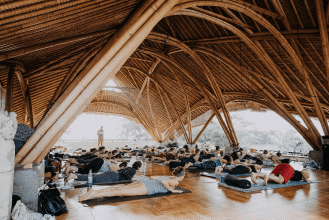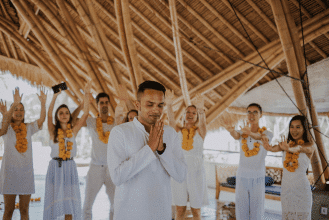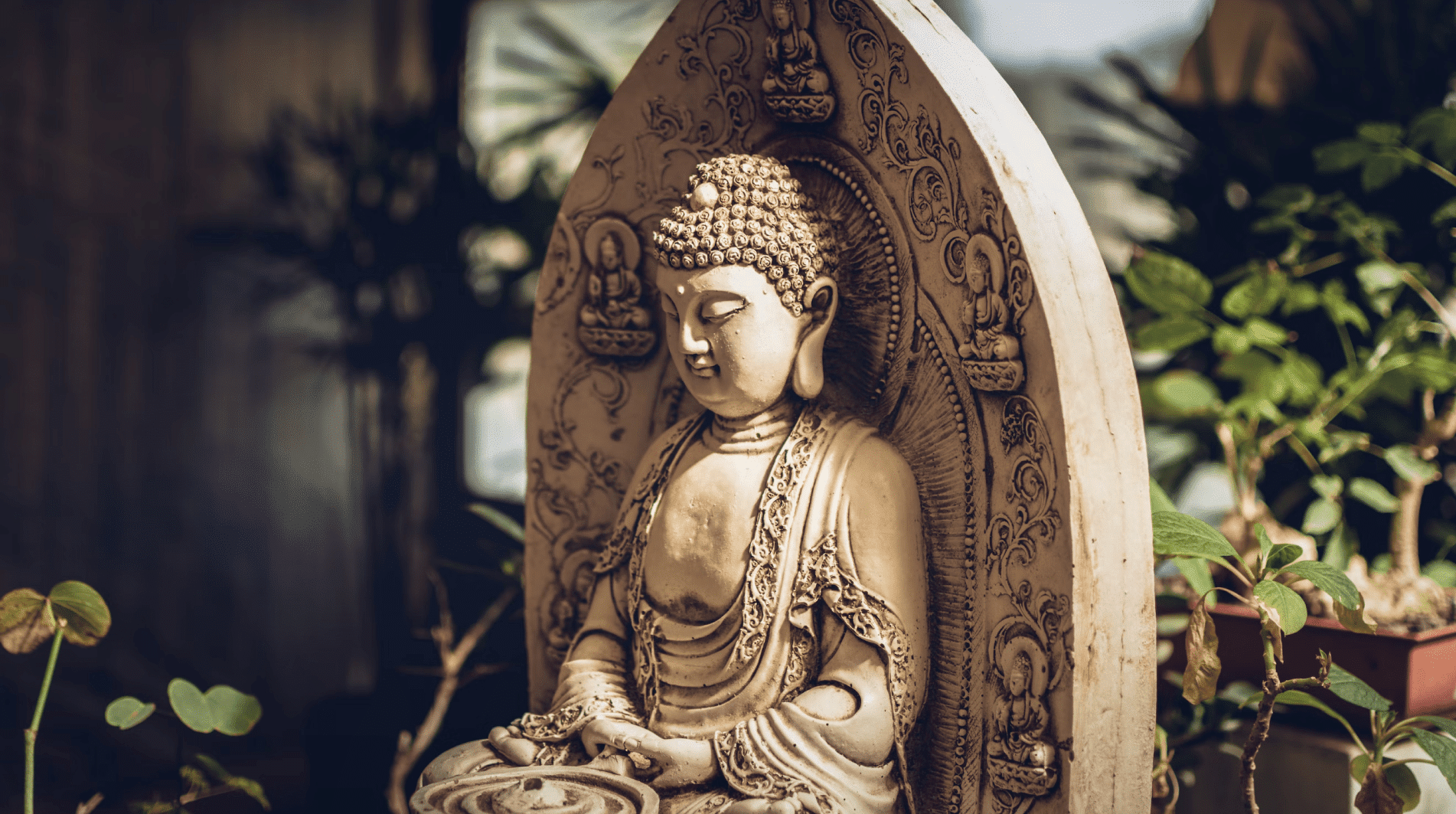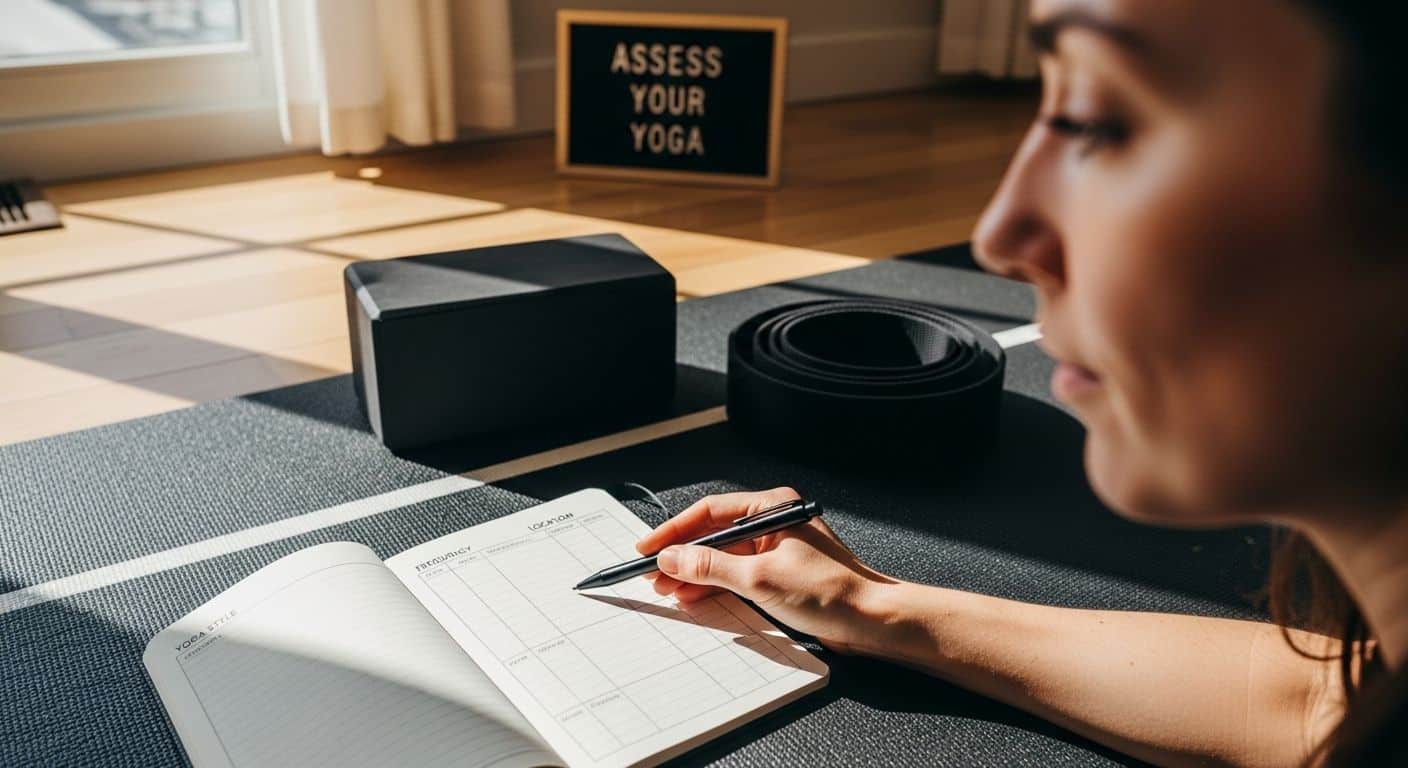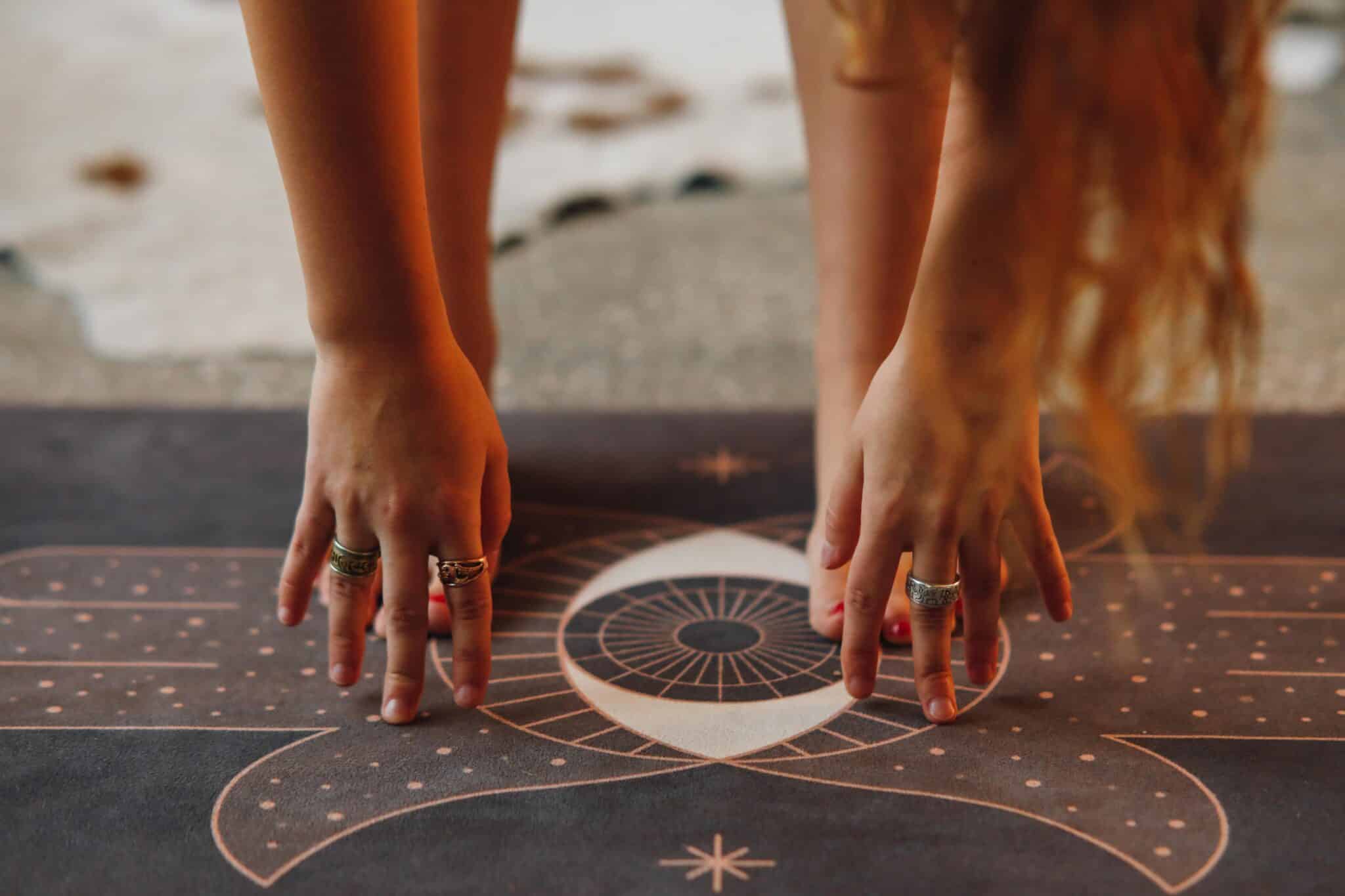
The root chakra, or Muladhara, is the foundation of the chakra system. It represents stability, security, and our connection to the earth. Located at the base of the spine, it governs our sense of safety, survival instincts, and physical well-being. When balanced, the root chakra allows us to feel grounded, strong, and secure in our daily lives. However, if blocked, it can lead to feelings of fear, anxiety, and instability. Specific yoga poses offer a powerful way to activate and balance the root chakra.
In the practice of yoga, the chakras serve as energetic centers that influence our physical, emotional, and spiritual health. A strong and aligned root chakra is essential for building a healthy foundation for personal growth. Without this stability, it can be difficult to progress to higher levels of self-awareness and spiritual connection.
Through specific poses, breathwork, and affirmations, we can cultivate a deeper connection to the earth and ourselves. This article explores the spiritual significance of the root chakra, symptoms of imbalance, yoga poses to strengthen it, and additional practices for healing and alignment.
The spiritual meaning of the root chakra
The root chakra is the first of the seven main chakras in the body. In Sanskrit, “Muladhara” translates to “root support,” emphasizing its role in grounding us physically and emotionally. It is associated with the earth element, symbolizing stability, security, and our fundamental needs.
From the moment we are born, the root chakra is activated as we develop a sense of safety in our environment. It is deeply tied to our basic survival instincts, including shelter, food, financial security, and emotional grounding. The development of the root chakra is influenced by early life experiences, particularly the stability and support we receive from caregivers. If these needs are not met, we may struggle with insecurity or instability later in life.
A well-balanced root chakra provides a sense of safety and inner strength. It helps us feel confident in our environment and connected to the physical world. When our root chakra is strong, we navigate life with resilience, trust, and a deep sense of belonging.
Knowing when your root chakra is blocked
When the root chakra is blocked or imbalanced, it can manifest in various physical, emotional, and mental symptoms. Common signs include:
- Persistent anxiety or fear, often without clear reason
- Feeling disconnected, ungrounded, or lost in life
- Financial instability or fear of scarcity, even in times of security
- Chronic lower back pain, leg discomfort, or issues with feet
- Fatigue, sluggishness, or an overall lack of motivation
- Digestive issues, including constipation or bloating
- Difficulty setting boundaries or feeling safe in relationships
An imbalanced root chakra can make it challenging to feel secure in relationships, work, or personal life. It can also lead to chronic stress and difficulty in making decisions. Recognizing these signs allows us to take steps to restore balance and stability.
How to open your root chakra
The root chakra is associated with Earth energy and the physical body, especially the legs, feet, and lower spine. Grounding techniques are key here. Walk barefoot on grass or dirt. Take a few deep breaths while sitting on a rock or lying on the forest floor. Spend time tending a garden or moving slowly through nature.
On your mat, focus on yoga positions that engage the lower body and encourage stillness. Holding grounding poses and connecting with your breath can activate and open this energy center.

Beginner yoga poses for the root chakra
These beginner-friendly yoga poses are great for those just starting out and those who want a more gentle approach to stimulating the root chakra.
Easy Pose (Sukhasana)
This grounding posture supports a strong connection to the Earth and is perfect for calming the nervous system. It stimulates the root chakra by encouraging stillness, deep breath, and a downward flow of energy. Practicing outdoors enhances this connection.
Sit comfortably cross-legged on the ground. Rest your hands on your knees, close your eyes, and begin to notice your breath. Imagine a red glowing light at the base of your spine. Let your body feel heavy and grounded.
Child’s Pose (Balasana)
Child’s Pose encourages surrender, safety, and restoration—all root chakra themes. It helps you feel physically and emotionally supported by the Earth.
Kneel and fold your torso over your thighs, letting your forehead rest on the mat. Extend your arms forward or rest them by your sides. Feel your breath slow as your body softens.
Mountain Pose (Tadasana)
This foundational standing pose is deeply energizing for the root chakra. It helps you feel stable, confident, and supported by the Earth as energy rises through the spine.
Stand with your feet hip-width apart. Press down evenly through all four corners of your feet. Engage your legs, lift through your spine, and reach the crown of your head toward the sky. Root down as you rise tall.
Seated Forward Fold (Paschimottanasana)
Forward folds draw energy inward, helping stabilize an overactive nervous system. This pose gently stimulates the lower back and hamstrings, connecting directly to the root chakra’s location.
Sit with your legs extended in front of you. Inhale to lengthen your spine, then exhale and fold forward over your legs. Let your hands rest on your shins or feet.

Intermediate yoga poses for the root chakra
Ready to turn the heat up a little bit? Try one of these intermediate poses for the root chakra.
Garland Pose (Malasana)
This deep squat encourages a connection to your center of gravity, helping you cultivate groundedness and eliminate energetic blockages in the lower body.
Come into a deep squat with your feet slightly wider than hip-distance. Press your elbows into your knees and bring your palms together at your heart. Keep your spine tall and your heels grounded (use a rolled-up towel under the heels if needed).
Chair Pose (Utkatasana)
Utkatasana activates the lower chakras and builds internal heat. It awakens the thighs and glutes—major stabilizers in the body—while energizing the root.
Stand with your feet together. Inhale and lift your arms, then exhale and sit back like you’re in a chair. Engage your belly and legs, and keep your weight in your heels.
Warrior I (Virabhadrasana I)
This strong standing pose helps develop willpower, stability, and self-confidence. Warrior I grounds your energy while inviting focus and discipline through the feet and legs.
Step one foot forward and bend the knee while keeping the back leg straight. Raise your arms overhead. Square your hips to the front and press firmly into both feet.
Tree Pose (Vrksasana)
Tree Pose brings balance and awareness to the root chakra by requiring strength through the standing leg and steadiness in the breath.
Shift your weight to one foot and place the other foot on your ankle, shin, or thigh (avoid the knee). Bring your palms together at your chest or reach your arms overhead.
Kundalini yoga poses for the root chakra
Kundalini is a dynamic and spiritually-focused style of yoga that combines physical movement, breathwork, meditation, and chanting to awaken kundalini energy—a latent spiritual energy believed to reside at the base of the spine (at the root chakra). Here are some kundalini practices to help stimulate the root chakra.
Seated Torso Circles (Sufi Grinds)
The Sufi grind yoga practice raises energy from the root chakra upwards, activating kundalini energy at the base of the spine. To begin, sit in Easy Pose with your hands on your knees. Begin to circle your torso in a clockwise direction, then reverse. Keep the movement slow and intentional, allowing your breath to guide you. This pose loosens the hips and gently activates the root chakra.
Kundalini Twist Pose
This pose combines asana, pranayama, drishti, mantras, and mudras to foster a connection with higher consciousness. Sit cross-legged with a tall spine. Place your hands on your knees. Inhale and twist to the left, exhale and twist to the right. Repeat for 1-2 minutes. This movement helps to awaken the lower chakras and bring energy into balance.
Table Top to Child Pose Flow
This flowing sequence nourishes the root chakra by grounding the body and supporting gentle spinal movement.
Begin in Table Top Pose with wrists stacked under shoulders and knees under hips. Exhale and shift your hips back toward your heels into Child Pose. Stretch your arms forward, palms grounded, forehead resting on the mat. Inhale and slowly roll up the spine into Kneeling Pose, Arms Raised (Utthita Vajrasana). Extend your arms overhead, shoulder-width apart, palms facing in. Lengthen the spine and engage your core. Exhale to lower your arms and hinge forward from the hips, placing your hands on the mat to realign in Table Top Pose. Repeat as desired. Visual flow reference.

Restorative yoga poses for the root chakra
Restorative yoga is particularly beneficial for the root chakra (Muladhara) because it emphasizes grounding, stability, and connection to the Earth. These poses, combined with deep, conscious breathing, can help restore balance to the root chakra by inviting a sense of inner stillness, physical support, and emotional grounding.
Supine Supported Bound Angle (Supta Baddha Konasana)
This posture supports deep relaxation and opens the pelvic area, helping release fears stored in the lower chakras.
Lie on your back and bring the soles of your feet together, letting your knees fall open. Place a bolster or pillows under each knee for support. Rest your arms at your sides.
Supported Child’s Pose
A deeply grounding posture that offers safety and surrender. This variation soothes the nervous system and encourages root chakra balance.
Place a bolster or pillows lengthwise under your torso. Sit back on your heels and fold forward, resting your chest and head on the bolster. Let your arms drape by your sides.
Supported Bridge Pose
This gentle backbend restores balance and relieves lower back tension—an area closely tied to root chakra blockages.
Place a bolster lengthwise on your mat so that it begins at your lower ribs and supports your glutes. Gently lie back so your pelvis and much of your back are resting on the bolster. Place a block under your calves to elevate your lower legs. Let your arms rest out to the sides, palms facing up. Close your eyes and breathe deeply, allowing your chest to open and your lower body to feel fully supported.
Buried Savasana
A nurturing version of savasana that helps you fully embody root chakra energy—security, stillness, and support.
Lie down in savasana and place a bolster across your hips, letting its gentle pressure ground your lower body. Cover yourself with a blanket, creating a cocoon of warmth and comfort. For an added layer of sensory calm, place meditation eye pillows in your hands and over your eyes. Feel the weight of your props and breath guiding you downward, as if you’re melting into the earth beneath you.
Affirmations and mantras for the root chakra
Affirmations and mantras help shift energy and reinforce positive beliefs. When repeated during meditation or yoga, they strengthen the root chakra and promote inner stability. Words carry vibrational energy, and consistent use of affirmations can help rewire subconscious thought patterns that contribute to fear or instability.
Try these affirmations:
- “I am safe and supported.”
- “I trust the process of life.”
- “I am grounded and strong.”
- “I have everything I need.”
Chanting the root chakra’s bija mantra, LAM, can also help clear blockages and realign energy. This sound vibration resonates with the frequency of the root chakra, helping to remove stagnant energy and promote healing. Practicing this mantra in a seated meditation, paired with visualization of a deep red light at the base of the spine, can deepen its effects.
Incorporating yoga poses for root chakra healing
Working with your root chakra is about more than just asana—it’s about reconnecting to your body and your environment. Try adding grounding rituals like barefoot walks, herbal foot baths, or mindful breathwork to your practice. Use aromatherapy with earthy scents like vetiver or patchouli. Reflect on what safety means to you and how you can build more of it in your life.
A consistent practice of yoga poses for the root chakra can help you feel more at home in your body. With time, you may notice a shift: less anxiety, more confidence, and a quiet sense of security that supports everything else.
If you’re looking to deepen your practice and gain a deeper understanding of yoga’s energy systems, consider joining a Yoga Teacher Training with East+West. Their programs in Bali and Costa Rica offer a transformative journey, combining ancient wisdom with modern teachings.
Click here to learn more about East+West’s teacher training programs.
By strengthening your root chakra, you create a solid foundation for growth, transformation, and inner peace.
